What’s freezer burn?
And how to stop it
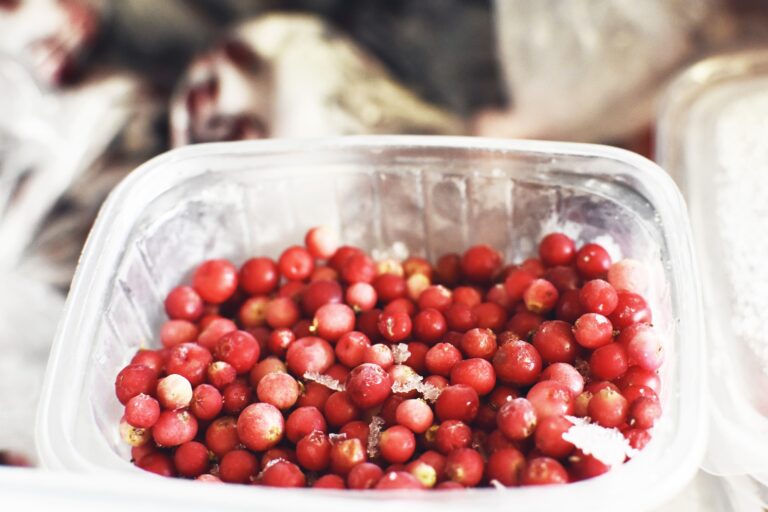

If you’re prone to forgetting what food you have in the freezer, you’re probably well acquainted with freezer burn.
I’m talking about those massive ice crystals that completely destroy the texture of food. Like when you find that half-eaten container of ice cream just overrun with ice crystals (or maybe that’s just a personal issue?).
Perhaps you’ve spotted some meat and poultry in the freezer that’s turned an odd color with a shriveled, dry surface? That’s caused by freezer burn too.
And while I’m all for complaining about freezer burn, I figure a better use of our time might be figuring out what it is and how to prevent it.
What’s freezer burn?
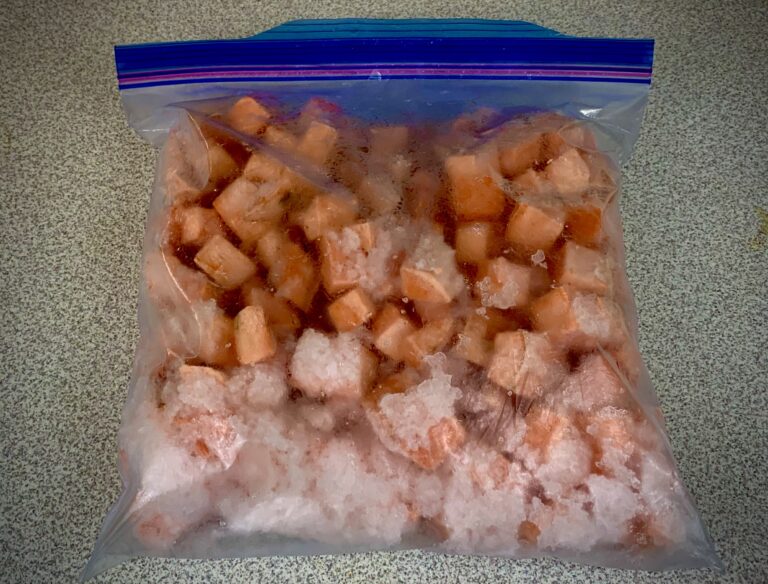

Most of us think of freezer burn as those pesky ice crystals growing out of our food, but that’s really the result of freezer burn. Not freezer burn itself.
In actuality, freezer burn is the dehydration of a food’s surface. Ice from within the food transforms into water vapor and moves into the freezer air.
The result?
An opaque, dry food that lacks moisture when eaten.
Why does it happen?
All of this is spurred by temperature fluctuations in the freezer.
So, if your mom ever yelled at you for standing with the freezer door open, she was right. It’s terrible for the food.
And once this transfer of water between the food and air begins, the two start playing a game of hot potato continuously passing the moisture back and forth.
Here’s the science
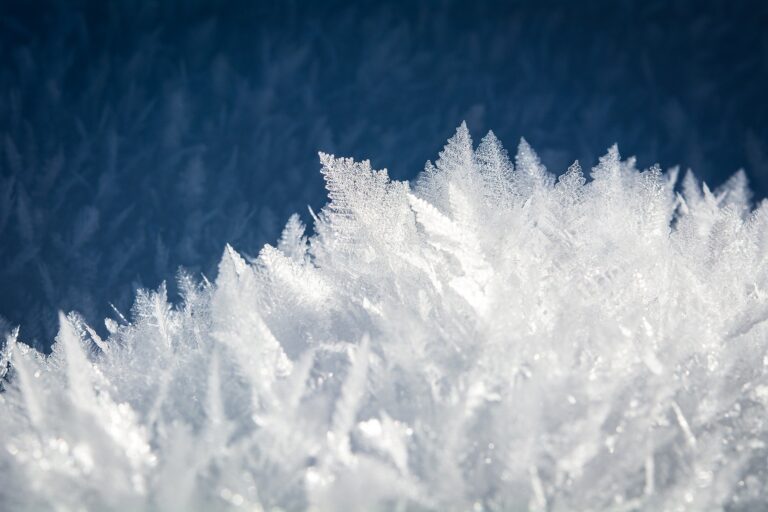

As the temperature in a freezer changes, so does the water vapor pressure of the air.
At warmer temperatures, the ice wants to migrate out of the food. This is driven by the water vapor pressure of the air increasing at higher temperatures. Said more simply, warmer air can hold more water.
To do this, the ice in the food sublimates— directly changes from ice to vapor— to enter the air phase. Basically, the water in the food and air are always trying to remain at equilibrium.
But, as the temperature in the freezer begins to cool, the water is no longer happy in the air. Unfortunately for us, it can’t diffuse back to its original position inside the food. Instead, the water is deposited as ice on the food’s surface.
These ice crystals will grow in size as the freezer goes through more and more temperature cycles. This is why the ice mass continuously grows larger.
To sum it up, freezer burn occurs as the air and food transfer moisture back and forth. It’s like the two are playing catch. The food becomes dehydrated as it loses moisture to the air that will only return as ice crystals on the food’s surface.
Does freezer burn spoil food?
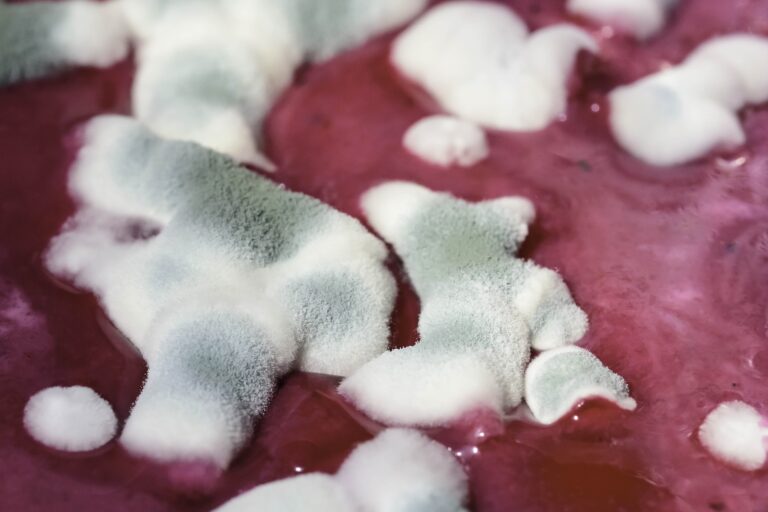

Maybe you’ve noticed that even when you melt the ice associated with freezer burn, the crystals have irreversibly ruined the taste, texture, or color of the food.
That’s because as ice crystals form and grow, they continuously burst cells degrading the food’s quality. Yes, just like us, our food is made up of cells.
So, just the formation of the ice is detrimental to the structure of the food and begins to degrade it.
Meat seems to be especially susceptible to freezer burn.
Chicken breast will turn from pink to tan and develop a tough, dehydrated surface as moisture continuously leaves the food. Red meat transforms into an opaque brown color. Not super attractive.
While none of these changes make the food unsafe from a microbiological perspective, it does make them a lot less enjoyable to eat. So nothing is technically spoiled, but the characteristic taste, texture, and color is lost for good.
Why is freezer burn so common?


The main driver of freezer burn was the advancement of technology to frost-free or self defrosting freezers. Sure, this saves time and energy, but it definitely doesn’t save your food!
Before frost-free freezers, you would have to go in and chip out the ice buildup in your freezer a couple times a year. Maybe some of you remember this?
Nowadays, freezers are built to include heating coils in addition to cooling coils. Every 6-8 hours, the temperature will rise above freezing to melt any frost buildup. The problem is, the warm temperatures and fluctuation in temperature greatly enhances the rate of freezer burn.
How to prevent it?
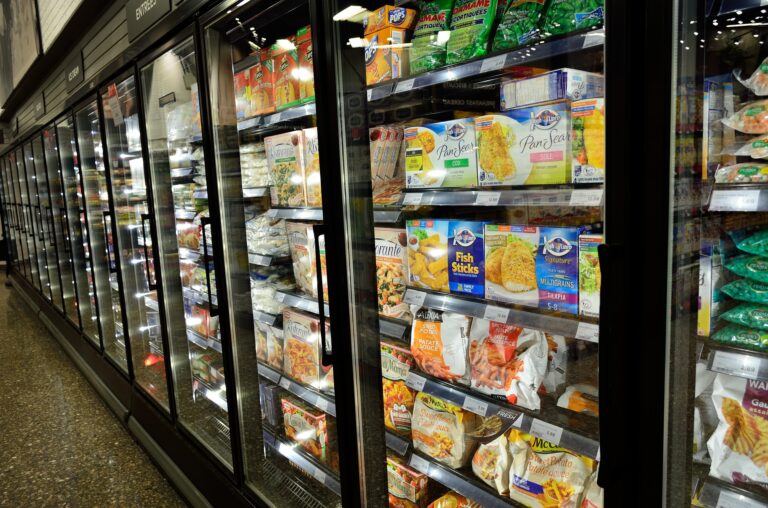

The easiest way to prevent freezer burn is to properly package food that’ll be stored in the freezer.
Tightly seal and wrap the food using packaging that’s a good water barrier. This means opting for the freezer bags even if they’re slightly more expensive. Packaging that has a low water vapor transmission rate can stop water from leaving the food to begin with.
Next, be sure to squeeze out any excess air in the packaging. This will make it harder for the moisture to be transferred between the food and air. If you have a vacuum sealer, use that to pull the air out of the packaging before sealing.
Following these two rules means that some foods, specifically meats purchased at the grocery store, should be transferred into new packaging if you plan to freeze them. Meat sold in stores is usually not tightly wrapped and has a ton of air included. This means the product will be easily freezer burned.
Another simple solution is to minimize temperature fluctuations in your freezer. This means no standing with the freezer door open; something I’m guilty of. Even limiting the opening and closing of the freezer door can be helpful.
Lastly, eat freezer food in a timely manner. The longer a food sits in the freezer the more temperature fluctuations it goes through and the more freezer burn will accumulate.
Sure, it’s pretty cool we no longer have to go in and chip frost out of our freezer, but the self-defrosting freezers are also slowly burning our food.
Again, the best practices to prevent freezer burn are to tightly wrap food in packaging that’s a good water barrier. Make sure there’s no extra air in the package or use a vacuum sealer if you have one.
Lastly, keep track of what’s in your freezer. Food that’s been sitting there for months has gone through so many temperature fluctuations that it’s bound to be freezer burned.
Best of luck and let me know how it goes!


One Response
Hey There. I discovered your blog using msn.
This is a very neatly written article. I’ll make sure to bookmark it and come back
to read more of your useful information. Thank you for the post.
I will definitely comeback.